Japan's Coming of Age Ceremony - Seijin-shiki
This article explores the roots, ceremonial attire, preparations, and the blend of tradition with modernity during this pivotal rite of passage. From the elegance of furisode and hakama to the impact of social media, the piece captures the essence of a celebration that bridges past and present.
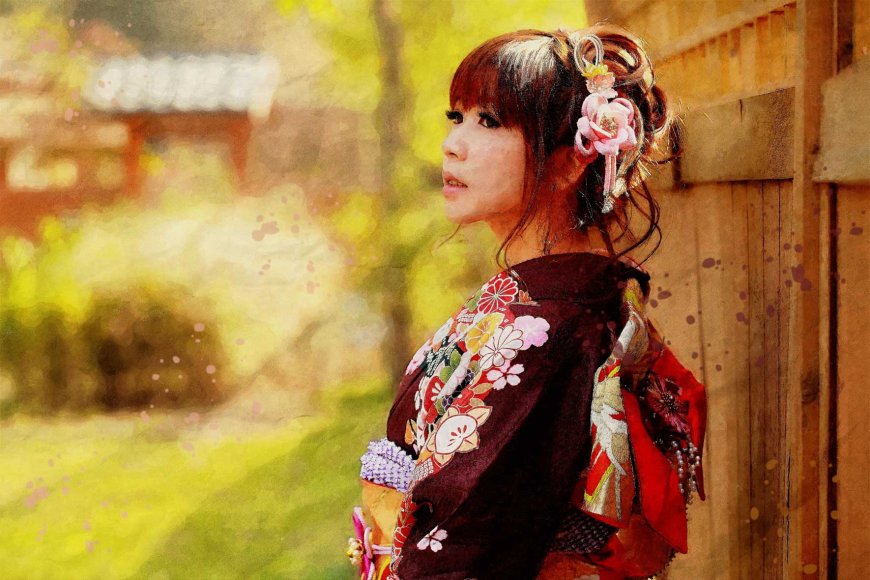
"Embracing Adulthood: The Rich Traditions of Seijin-shiki in Japan"
In Japan, the transition from adolescence to adulthood is marked by a significant cultural celebration known as Seijin-shiki (成人式). This traditional rite of passage is a momentous occasion where young individuals, upon reaching the age of 20, officially step into the realm of adulthood. The celebration not only holds deep cultural significance but also serves as a reflection of Japan's societal values and respect for tradition.
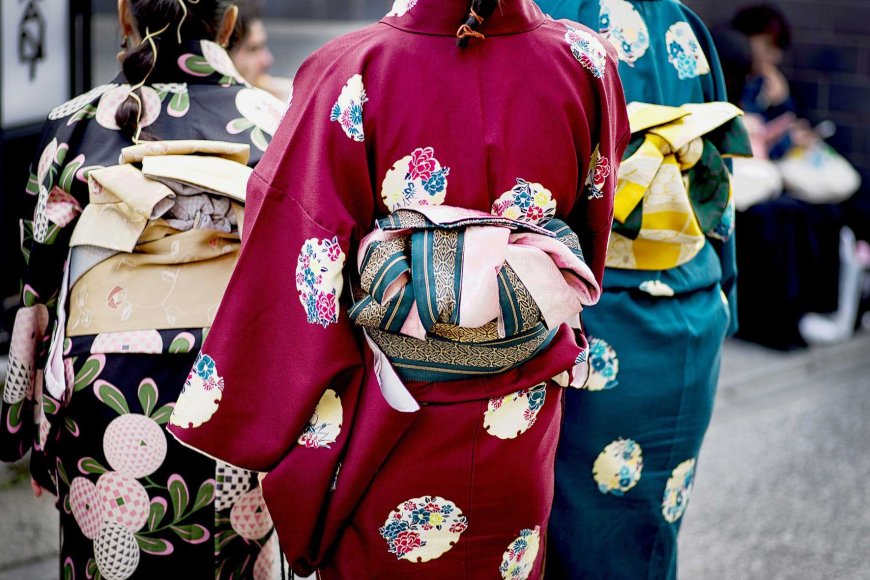 Although the age of adulthood was lowered from 20 to 18 on April 1, 2022, young Japanese at the age of 20 take part in Seijin-shiki
Although the age of adulthood was lowered from 20 to 18 on April 1, 2022, young Japanese at the age of 20 take part in Seijin-shiki
The Significance of Seijin-shiki: A Symbolic Milestone
Seijin-shiki, which translates to "Coming of Age Ceremony," has roots dating back to the Edo period (1603-1868). Today, it continues to be one of the most cherished and widely observed traditions in Japan. Although Japan lowered the age of adulthood from 20 to 18 on April 1, 2022 by revising the Civil Code, traditionally, Seijin-shiki is for 20-year-olds. This ceremony marks the symbolic crossing of the threshold into the responsibilities and privileges that come with being an adult.
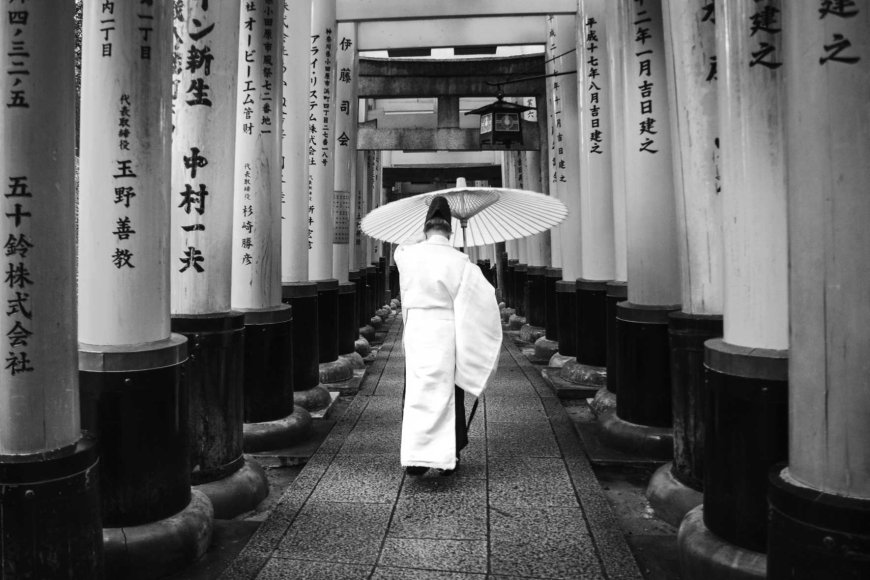 Seijin-shiki continues to be one of the most cherished and widely observed traditions in Japan
Seijin-shiki continues to be one of the most cherished and widely observed traditions in Japan
Ceremonial Attire: The Elegance of Furisode and Hakama
A distinctive feature of Seijin-shiki is the traditional attire worn by participants. Young women don the elaborate and vibrant furisode, a style of kimono distinguished by its long sleeves. These sleeves symbolize the wearer's unmarried status. On the other hand, young men wear hakama, a traditional pleated trouser, along with a formal haori (jacket). The attire not only reflects the cultural heritage but also serves as a visual representation of the participants' transition into adulthood.
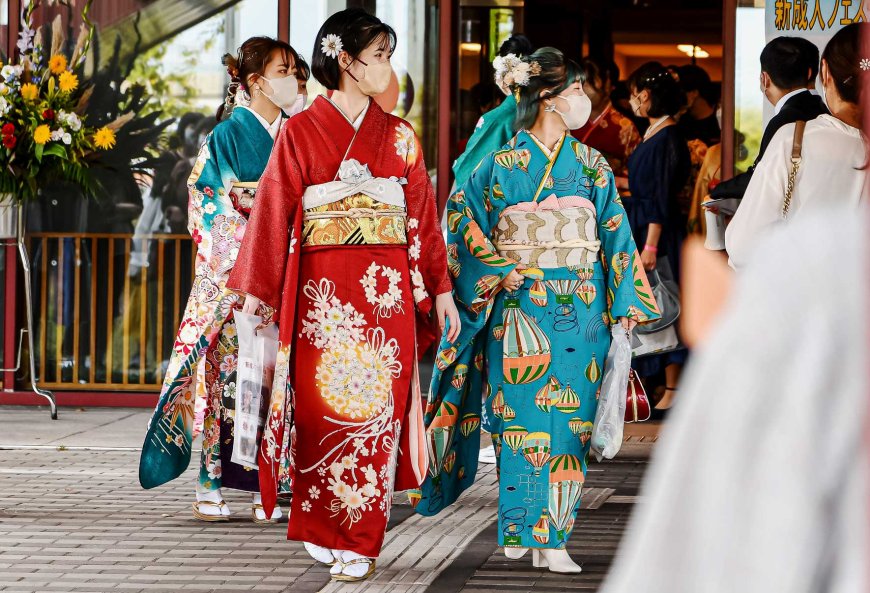 Young women wear elegant furisode to celebrate Seijin-shiki
Young women wear elegant furisode to celebrate Seijin-shiki
Preparation and Beauty: Hair, Makeup, and Accessories
In the lead-up to Seijin-shiki, participants undergo meticulous preparations, including visits to hair salons and makeup artists. Young women often opt for intricate hairstyles and elegant makeup, enhancing their natural beauty for this special occasion. Accessories such as hairpieces, ornate clips, and traditional zori sandals complete the ensemble. These meticulous preparations add an extra layer of significance to the event, emphasizing the importance placed on appearances during this momentous day.
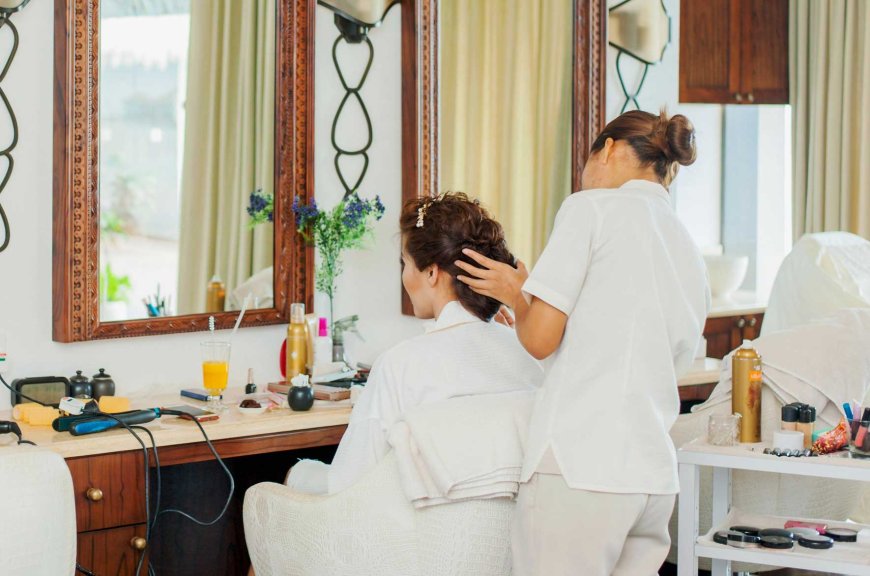 A visit to a hair salon is a must for the young on this special occasion
A visit to a hair salon is a must for the young on this special occasion
The Ceremony: A Blend of Tradition and Modernity
The actual Seijin-shiki ceremony takes place annually on the second Monday of January, a national holiday in Japan. Young adults gather at local government offices or designated venues, where they attend speeches by local dignitaries, receive words of encouragement, and express gratitude to their families. The ceremony strikes a balance between tradition and modernity, with some regions incorporating contemporary elements to make the event more engaging for the participants.
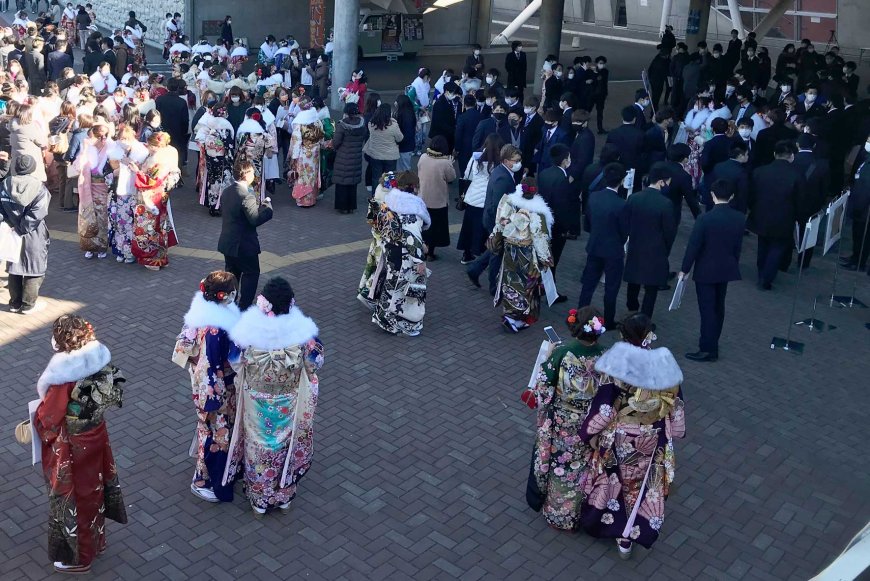 Young adults gather at local government offices or designated venues, where they attend speeches by local dignitaries. Credit: Nori Norisa
Young adults gather at local government offices or designated venues, where they attend speeches by local dignitaries. Credit: Nori Norisa
Photography and Social Media: Documenting the Journey
As with many celebrations in the modern era, Seijin-shiki has adapted to the influence of technology and social media. Participants often document their journey on platforms like Instagram and Facebook, sharing glimpses of their special day with friends and family. The blend of traditional attire against the backdrop of contemporary technology captures the essence of a society that values both its rich heritage and the interconnectedness of the digital age.
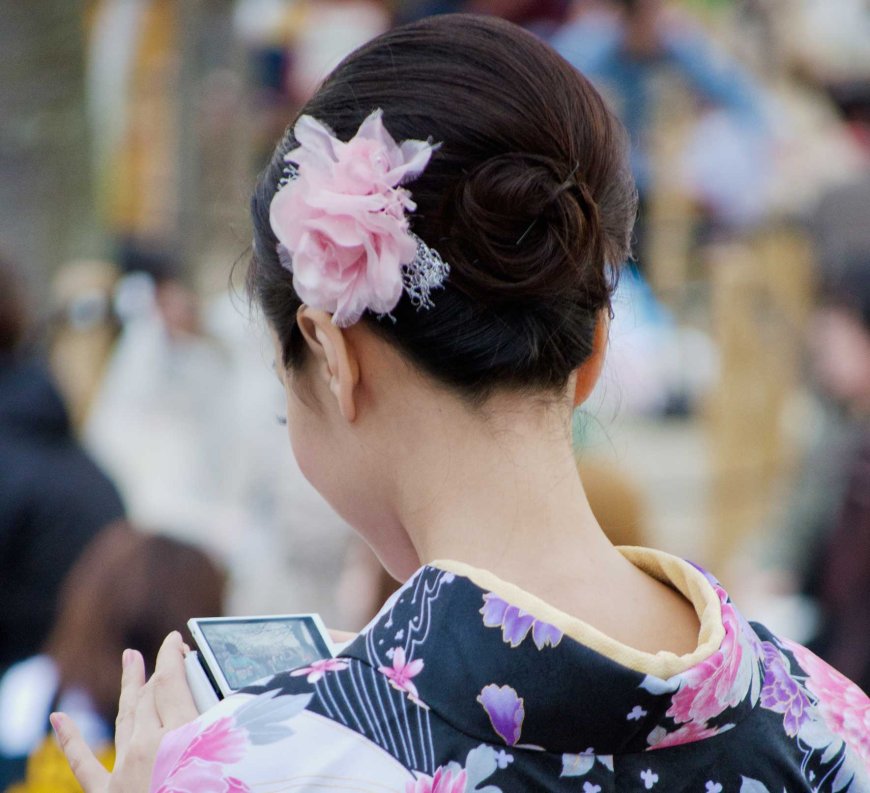 Celebrants share this special day with friends and family on SNS like Instagram and Facebook
Celebrants share this special day with friends and family on SNS like Instagram and Facebook
After the Ceremony: Celebrations with Family and Friends
Following the formal ceremony, participants typically engage in celebrations with family and friends. These gatherings often involve feasting, toasting, and the exchange of congratulations. It is a time for participants to express gratitude to their loved ones for their support and guidance. The festive atmosphere reflects not only the joy of the individuals reaching adulthood but also the communal spirit that underpins Japanese culture.
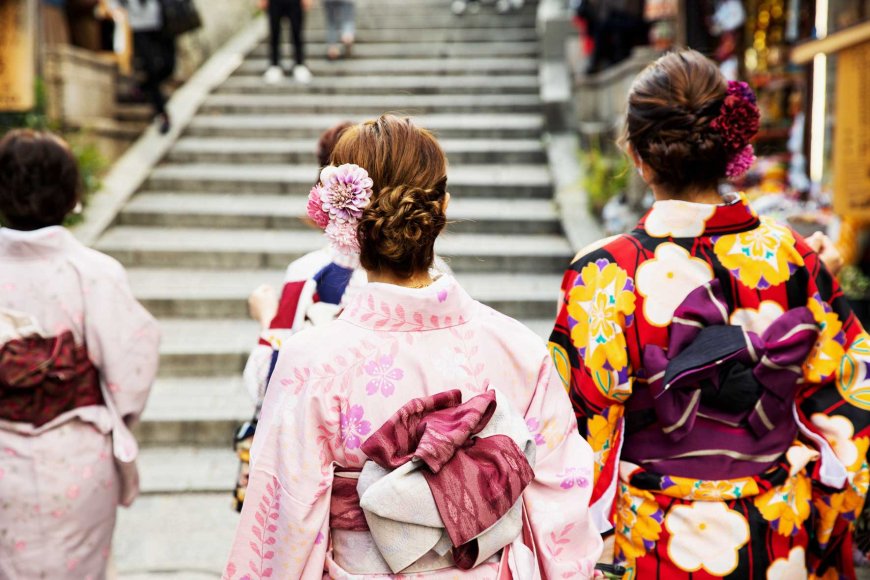 After the formal ceremony, participants attend gatherings that often involve feasting and drinking "alcoholic drinks" for the first time
After the formal ceremony, participants attend gatherings that often involve feasting and drinking "alcoholic drinks" for the first time
Bridging Past and Present
Seijin-shiki stands as a testament to the resilience of tradition in Japan, seamlessly blending the country's rich cultural heritage with the realities of contemporary life. As young individuals embark on their journey into adulthood, this ceremony serves as a poignant reminder of the values, customs, and shared experiences that bind the Japanese people across generations. In the face of societal changes, Seijin-shiki remains a cherished tradition, embodying the essence of growth, responsibility, and the enduring spirit of celebration.
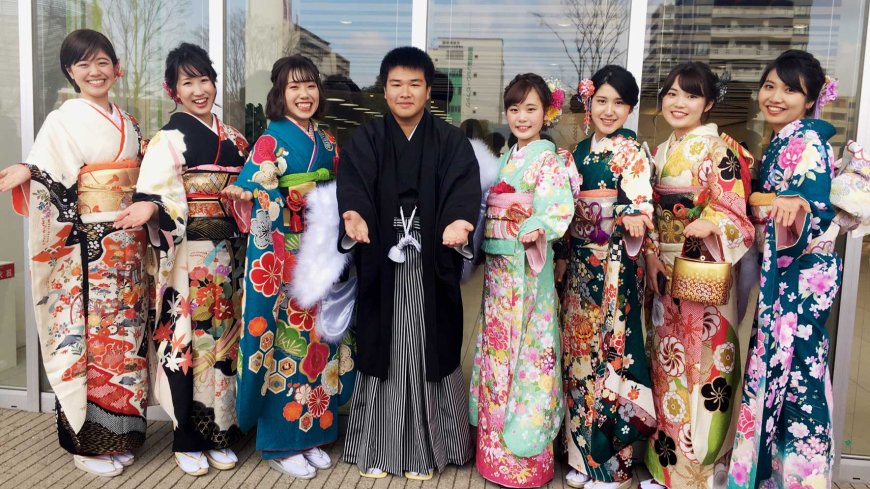 Seijin-shiki stands as a testament to the resilience of tradition in Japan in the face of societal changes. Credit: 陳清悅
Seijin-shiki stands as a testament to the resilience of tradition in Japan in the face of societal changes. Credit: 陳清悅
Find Cheap Flight Tickets to any Destinations in Japan and the Philippines
Nipino.com is committed to providing you with accurate and genuine content. Let us know your opinion by clicking HERE.































































